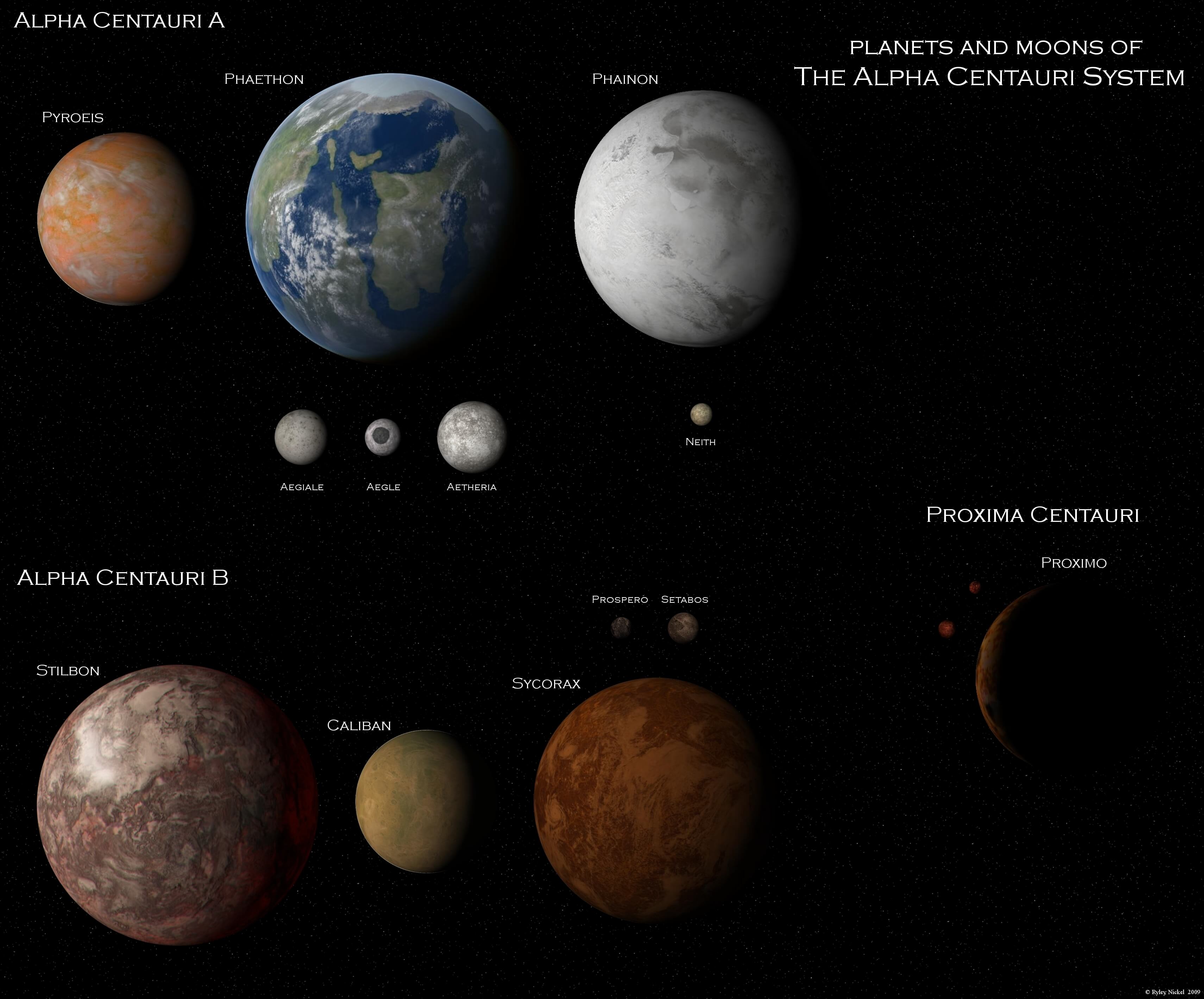A new exoplanet search tool mounted on the Very Large Telescope (VLT) of the European Southern Observatory (ESO) in Chile begins 100-hour observations of the nearest Alpha Centauri stars A and B, for the first time to get a direct image of the inhabited extrasolar world.
The tool, called NEAR (Near Earths in the AlphaCen Region, which can be translated as near land in the Alpha Centauri region) was designed to hunt the planets in the nearby Alpha Centauri star system within the habitat zone around its two sun-like stars, that is, a region in which water may exist in a liquid form. It was developed over the past three years and was built as a result of cooperation with the Uppsala University in Sweden, the University of Liege in Belgium, the California Institute of Technology in the USA and the company Kampf Telescope Optics in Munich (Germany).
NEAR is the first and so far the only tool that can receive a direct image of a potentially habitable exoplanet. This is a very important milestone. Knock on wood. We all hope that a large, potentially inhabited planet is turning around Alpha Centauri A or B.
-Olivier Guyau, a leading scientist at Breakthrough Watch
From May 23, astronomers lead a ten-day observational set on the VLT to determine the presence or absence of one or more planets in this star system. Observations will end on June 11th. The improved tool should allow to register in the system a planet of size twice the Earth or larger ones. The spectral range of observations close to the lengths of thermal infrared waves may allow one to observe the thermal radiation of the planets and thus determine whether it is likely that liquid water will exist on them.
Alpha Centauri is the closest star system to us, only 4.37 light years away from Earth. It consists of two sun-like stars: Alpha Centauri A and B and the red dwarf star Proxima Centauri. We still know very little about the planetary systems of the stars of Alpha Centauri. In 2016, a group of researchers, using ESO tools, discovered one earth-like planet near Proxima Centauri. But there are still no data about the worlds around Alpha Centauri A and B, and it is unclear how such binary stars allow us to stably exist similar to our planets. The most promising way to establish whether these planets exist is to try to observe them directly.
We are happy to work with ESO in the design, manufacture, installation, and now in the use of this innovative tool. If we find Earth-like planets around Alpha Centauri A and B, it will be a sensation for everyone.
-Pete Vorden, executive director of Breakthrough Initiatives
However, obtaining direct images of such worlds is a technical task of enormous difficulty, since the light reflected by them is billions of times weaker than the radiation coming to us directly from their parent stars. To distinguish a small planet near its mother luminary at a distance of several light years is as difficult as seeing a moth winding around a street lamp a few dozen kilometers from us.
To solve this problem in 2016, Breakthrough Watch and ESO decided to jointly create a special tool: a thermal infrared coronagraph. In its optical scheme, most of the light from the star is blocked, and the spectral range is optimized so as to register the infrared radiation emitted by the warm surface of the planet, and not a small amount of light reflected by it from the parent star. Just as during solar eclipses one can see objects close to the Sun (usually imperceptible in its blinding rays), the coronagraph creates an artificial eclipse of the desired star, blocking its light and allowing it to record much weaker objects in its vicinity. This technique greatly expands our observational capabilities.
People are natural researchers, and it’s time for us to find out who lives on the other side of the valley. This telescope will allow us to look there.
-Yuri Milner, founder of the Breakthrough Initiatives
The hunt for inhabited planets in the Alpha Centauri system
Click To Tweet
The post The hunt for inhabited planets in the Alpha Centauri system appeared first on Upcosmos.com.
